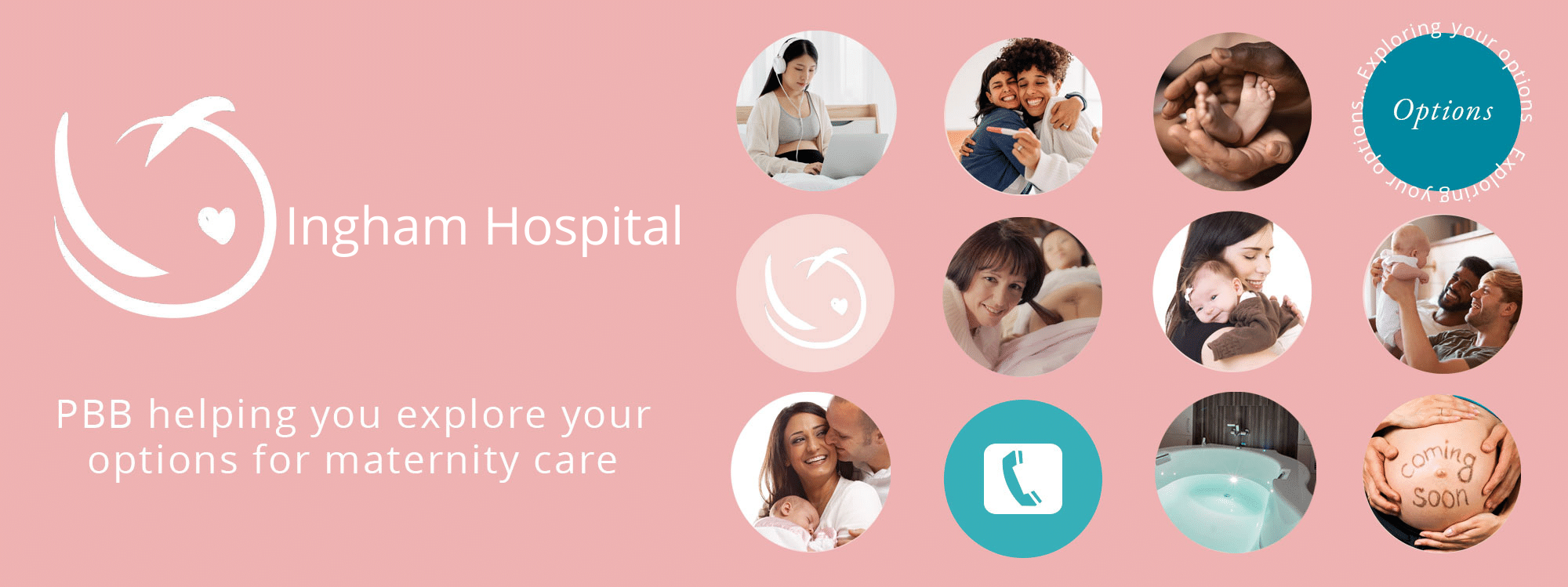
Ingham Health Service (Ingham Hospital) is located at 2-16 Mcilwraith St, Ingham, QLD 4850. They offer a level three maternity service to low-risk pregnant women in the Hinchinbrook area, including one-on-one caseload midwifery care with a dedicated midwife from early pregnancy to six weeks after birth.
The maternity team at the hospital offers women comprehensive antenatal care in collaboration with rural generalist obstetricians and anaesthetists, lactation support, and onsite low-risk birthing with a comfortable birth room and birth pool. Consult rooms, a birthing pool, a modern birth room, onsite sonography, and operating theatres are all available at the facility.
Ingham Hospital Map
Ingham Hospital Services

Does Ingham Hospital have visiting private midwives?
NO

Does Ingham Hospital have visiting GP Obstetricians?
YES

Does Ingham Hospital have visiting Obstetricians?
NO
Hospital Facilities
Antenatal Beds
Birthing Rooms
Postnatal Beds
Special Care Nursery Beds
Neonatal Intensive Care Beds
Are there birth pools available for labour and birth?
Birth centres are designed to be a home away from home. A birth centre is a separate unit located away from the standard birth unit. Birth centres encompass a philosophy that pregnancy and birth are normal, natural events in the life of a woman and her family.
Does Ingham Hospital have a birth centre?
Birth Suite Tour Video
Coming soon
What support is available if I have difficulties breastfeeding my baby?
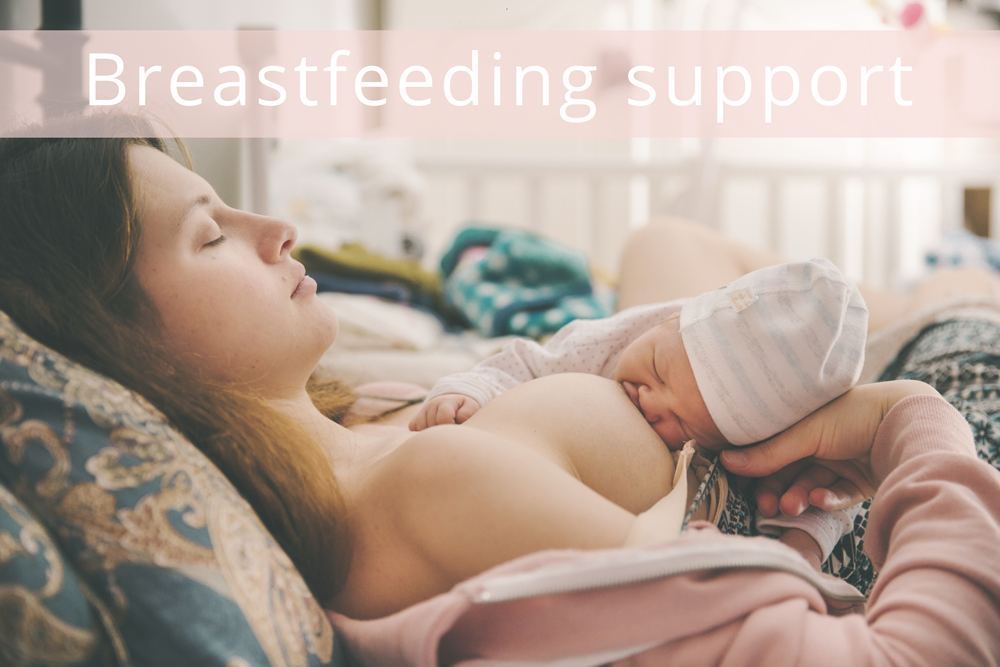
Baby-friendly accredited?
Ingham Hospital is not accredited under the global Baby Friendly Health Initiative program.
Ingham Hospital Statistics
PBB is unable to find separate statistics for individual hospitals in Queensland. The following statistics are from Queensland as a whole.
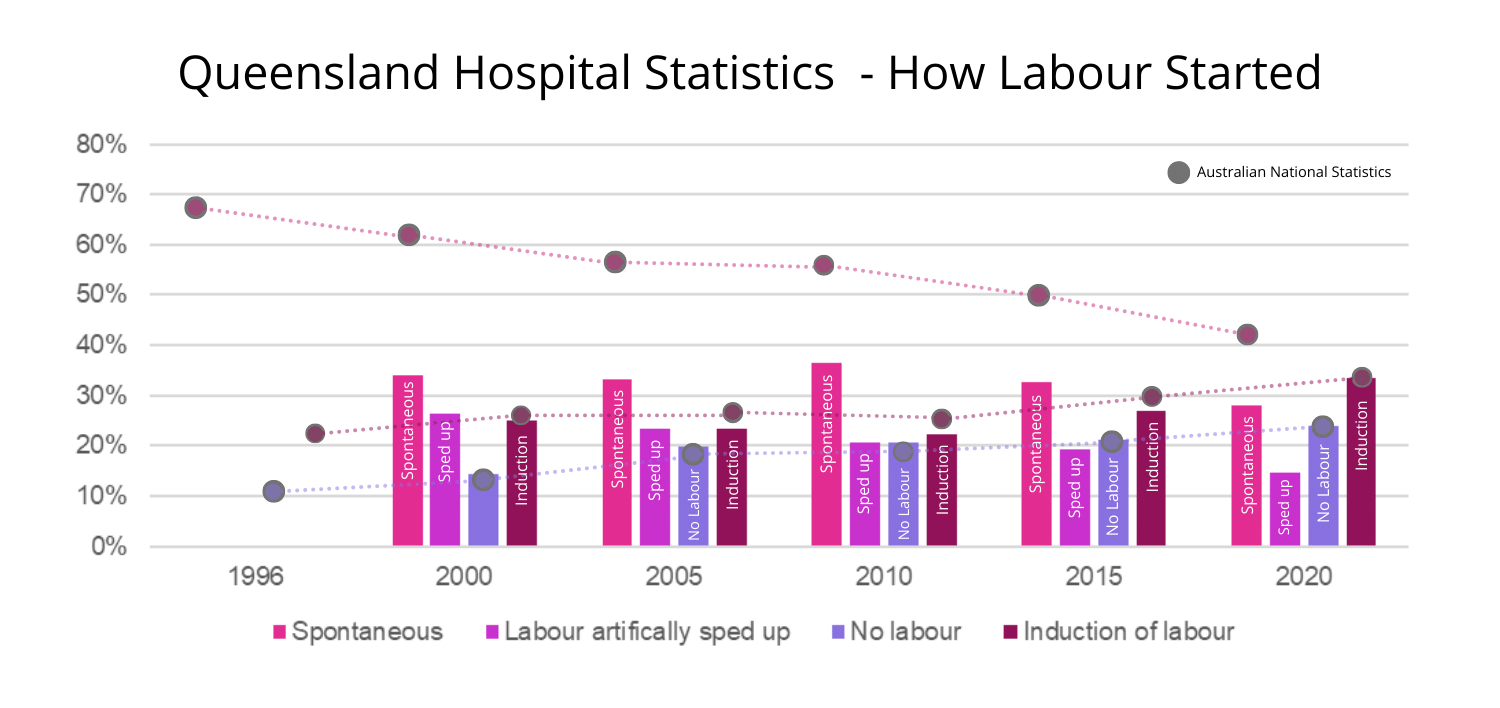
How a woman’s labour starts influences the chance interventions in labour. If labour starts spontaneously, there is less likelihood of interventions. If a woman has an induction of labour there is an increased chance of further interventions. In the above graph, spontaneous labour refers to labour that starts on its own. Please note that QLD statistics did not tell us if spontaneous labour is artificially sped up with medication or breaking of the bag of water. So spontaneous labour in this graph includes labours that are sped up by medical intervention.
Induction of labour in PBB’s graph refers to one or more of the following interventions used to start labour:
- Artificial rupture of membranes
- Balloon catheter to open the cervix
- Prostaglandins placed in the vagina
- Synthetic oxytocin drug to start or speed up labour
No labour is when a woman has an elective (non-emergency) caesarean before labour starts.
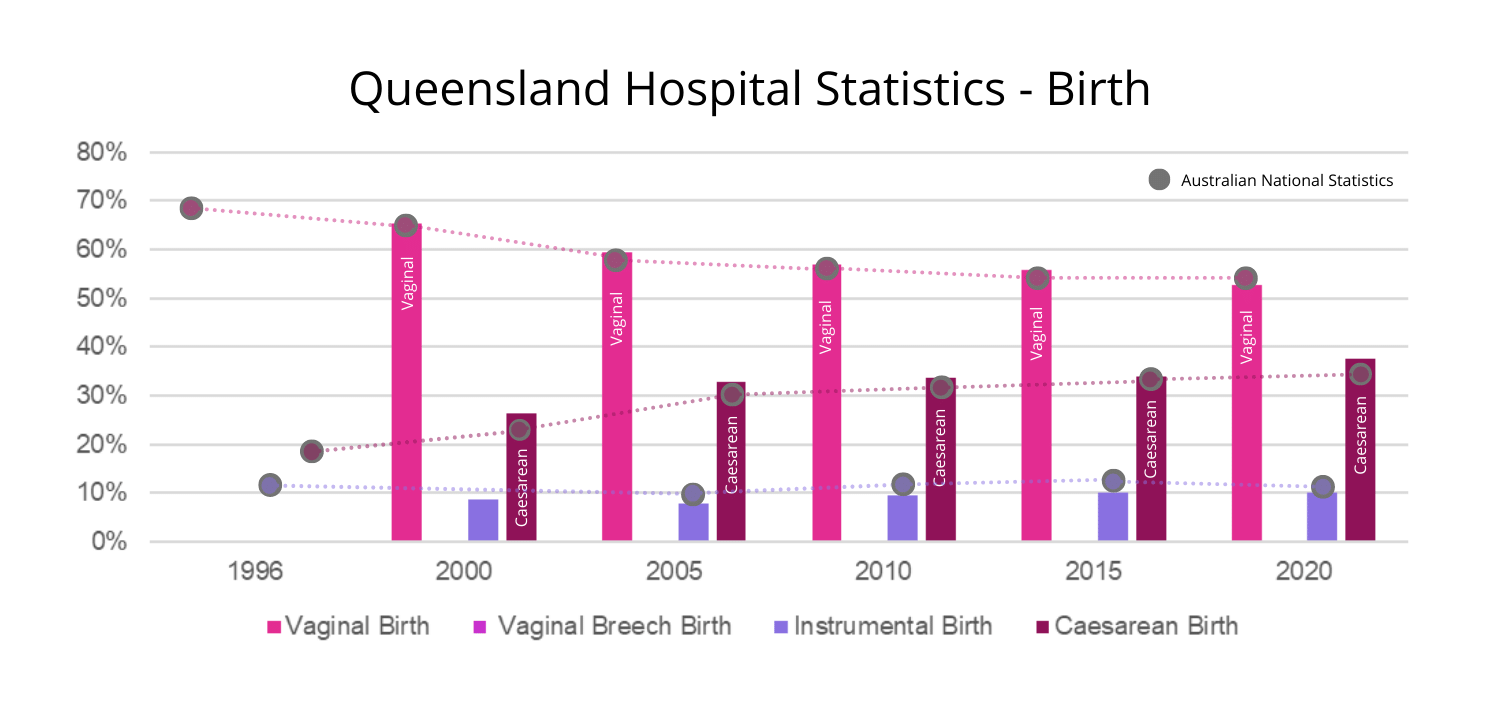
Since 1985, the World Health Organization (WHO) has recommended countries keep the caesarean birth rate between 10–15% to ensure mortality rates are kept low for mothers and babies (WHO’s last statement update was April 2015). Since 1995 the cesarean birth rate has increased every year across Australia. In 2019 the Cesarean birth rate in the QLD was more than double the WHO recommendation.
A small number of breech babies are born vaginally. Instrumental births include forceps birth and vacuum extraction. The caesarean birth rate includes both elective (planned) and emergency (unplanned) caesarean births.
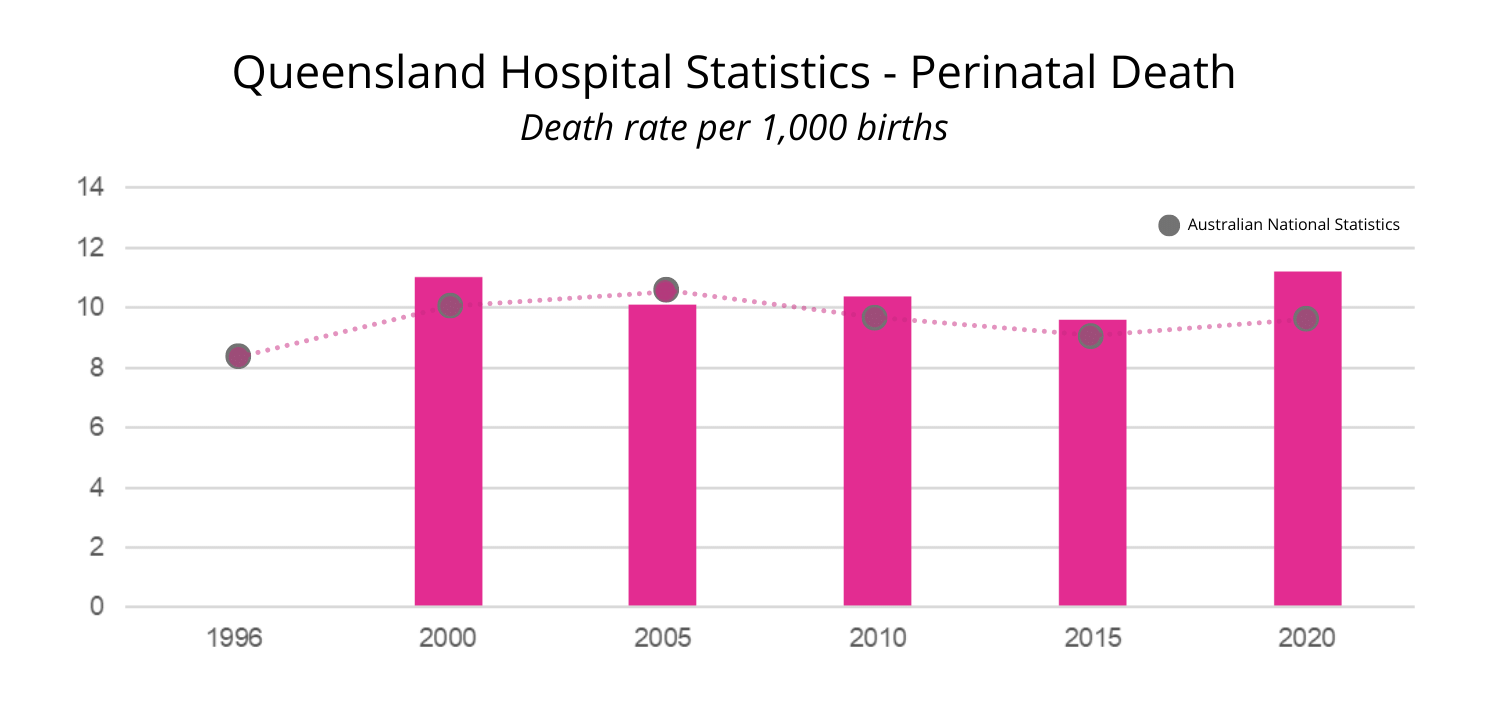
Please note that even though there is a dramatic increase in interventions in labour and caesarean birth – there is no change in the perinatal death rate.
PBB attained the data in the statistics from the Queensland Government.
Photo Gallery
PBB has created this page to help you be informed about local maternity services. We’d love for you to send us photos of the hospital to include on this page. Send photos to our webmaster.
Page updated 4th July 2022



Leave A Comment